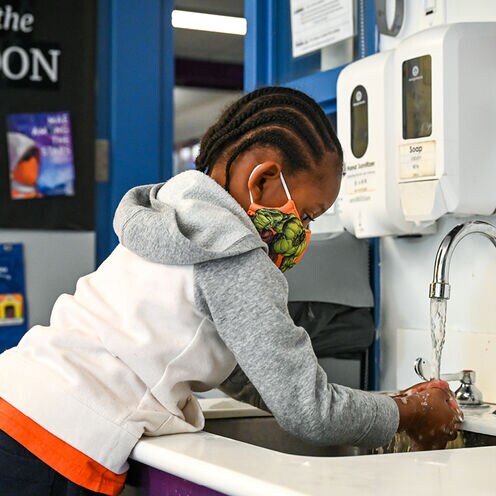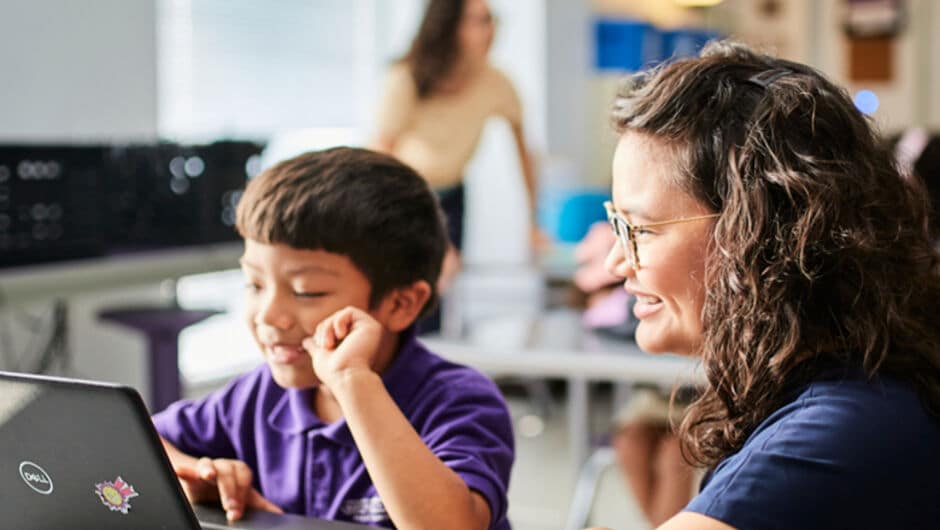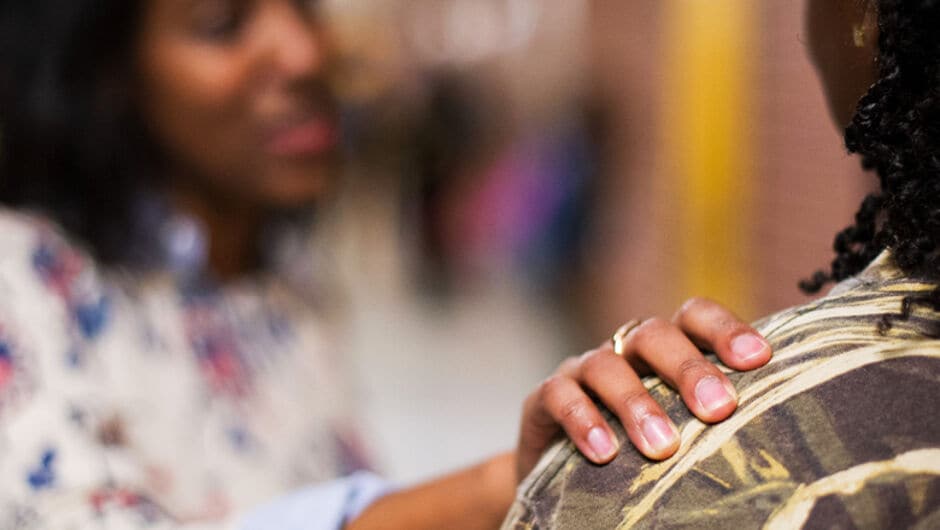
Who Do We Consider Expendable When It Comes to COVID-19 and Schools?
Vaccines aren’t available for students younger than 12. That, coupled with rising coronavirus rates and inconsistent mask mandates, casts a pall over the back-to-school season.
Back to school is one of my favorite times of the year. It’s a time where I can have a direct impact on my fellow educators and their students by donating to and sharing a number of teacher’s supply wish lists. It’s also a time where I make sure to take a moment to hand-deliver school supplies to working-class families.
But this school year is anything but normal.
Schools are reopening with students returning to physical classrooms, but COVID-19 cases are on the rise. As highly contagious variants tear through our communities, this reality has cemented for me that we are starting our third school year impacted by COVID-19. You read that correctly: year three.
The bulk of current COVID-19 cases, attributed to the Delta and Lambda variants, have been deadliest for unvaccinated people. Earlier this summer, guidance from the Centers for Disease Control and Prevention indicated that fully vaccinated individuals could navigate fewer restrictions such as mask-wearing as an option. However, the CDC recently started to reverse course on this decision due to new and deadlier variants of COVID-19. At the same time, unvaccinated people have been expected to wear face masks and coverings all along, but in many areas such requests have been optional, leaving public health in the hands of individual decision-makers. Similarly, the American Academy of Pediatrics released updated guidance for school reopenings this fall, suggesting that anyone older than 2 should wear masks regardless of vaccination status.
Across the U.S., there remains disparate and inconsistent federal, state, and local guidance regarding mask-wearing and vaccination expectations. In fact, Gov. Ron DeSantis of Florida has threatened to withhold the salaries of school leaders who invoke mask mandates. Similarly, Gov. Greg Abbott of Texas issued an executive order forbidding school districts and other government entities from requiring people to wear masks. He signed the latter around the same time the Texas Education Agency announced new guidance that schools do not have to inform parents of a positive COVID-19 case in their child’s school, schools do not have to conduct contact tracing, and parents do not have to keep their child home if they have been in close contact with a student confirmed to have COVID-19.
In my home community, Metro Atlanta, despite some district-wide mask mandates, more than 1,000 cases of COVID-19 have been reported in the first few days of school. In middle Minnesota, where I currently reside, school leaders are planning to reopen with looser restrictions in September, but final determinations remain to be seen. As cases surge and local and state-level guidance in many states continues to contradict national and federal suggestions, I can’t help but wonder: Who do we consider expendable? Which children are we okay with sacrificing?
Since the beginning of the pandemic, students from low-income families, rural families, families of color, and families who happen to be at the intersections of all three—poverty, racial marginalization, and rurality—have felt the disastrous impact of COVID most consistently and unequally. These are the same families most likely to be represented in public schools all across America. And while the pandemic has been least deadly among youth, as of Aug. 5, more than 4 million children have tested positive for COVID-19 since the pandemic began. Cases among youth are on the rise all across the country. Just last month, a 5-year-old boy died of COVID-19 in Georgia, leaving behind heartbroken parents who certainly find no consolation in the fact that their child is considered to be the exception, rather than the rule.
These realities suggest there is an urgent need to provide more than wishful thinking and hopeful optimism this school year. We need plans in place, and backups to those plans, that outline how to support our students, educators, and their families who have and will no doubt continue to bear the brunt of the pandemic. This means school leaders, local and state government officials, and federal government entities need to work hand-in-hand to consistently execute public health guidance.
The ongoing pandemic raises some serious questions for the fall semester. There is no vaccine available for children younger than 12. Recent data suggests only 25% of those aged 12 to 15 have taken the COVID-19 vaccine. Furthermore, only one of the existing vaccine options has been cleared for use among youth ages 12 to 15. As I think about these facts within the context of the impending school year, a school year that has already started in some areas around the country, I also find myself questioning what these realities might mean for our students, educators, and family members who are at an elevated risk of death if they contract COVID-19.
We owe it to ourselves as educators, as well as our students and those most vulnerable in our society, to ask and answer as many of the hard questions associated with COVID-19 as we can:
- When legislators and school leaders choose not to require universal masking, what are the repercussions of that? Medical experts maintain that requiring masks in schools is effective in preventing COVID-19 infections. Masking, they say, matters more than social distancing.
- How can we support school leaders in effectively ensuring the safety of their students (and by connection, educators and staff) without increased support for and access to vaccines for children? Health professionals strongly advocate for the vaccine among those eligible as more and more children are finding themselves sick with COVID-19 due to increased variants. However, vaccination rates continue to hover well below the numbers needed to reach herd immunity and to prevent community spread.
Like many of us, I am excited by the prospect of returning to in-person learning. I miss interactions with colleagues in the hallways and the sounds of students at lunch. (Although I work on a college campus, so this could happen any time of the day.) And yet, I also fervently believe that I cannot let my guard down individually when it comes to COVID-19. Collectively, we should do everything we can to prevent the spread of COVID-19 until those most vulnerable to its impact have greater resources and support to weather the pandemic’s toll.
Now is the time for government leaders, school boards, educators, parents, and students alike to come together to decide that we will continue to sacrifice our temporary comfort for long-term gains by wearing masks and vaccinating if and when we are able. We must all collectively decide that the COVID-19 buck stops with us because the costs of erring on the side of political and social neutrality are far too great a price for us to pay.
Brittany M. Williams, Ph.D. is a writer, speaker, and assistant professor of higher education who has the distinct privilege of having been born and raised in Southwest Atlanta. She is a proud product of Atlanta Public Schools. Williams researches social class, inequities, and the career development and workplace experiences of Black women in higher education contexts. Learn more about her at DrBritWilliams.com.
We want to hear your opinions! To submit an idea for an Opinion piece or offer feedback on this story, visit our Suggestion Box.
The opinions expressed in this piece, and all others in our Opinion section, represent those of the authors and do not necessarily reflect the views and opinions of the Teach For America organization.
Sign up to receive articles like this in your inbox!
Thanks for signing up!
Content is loading...






